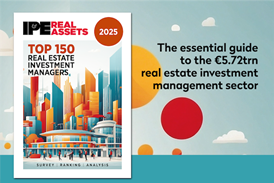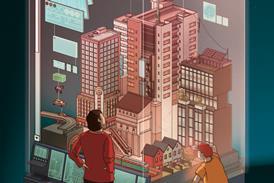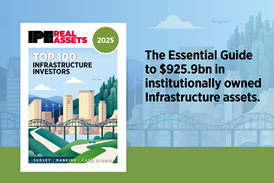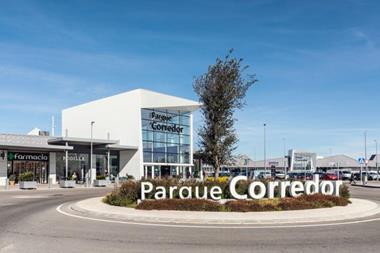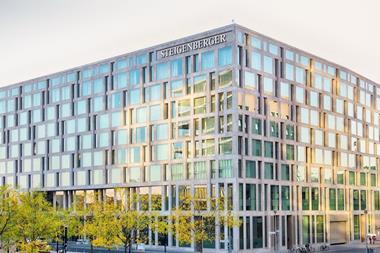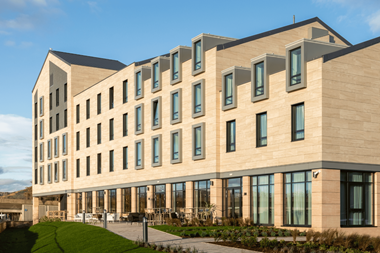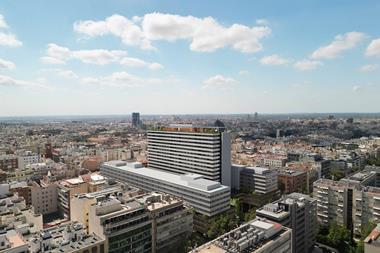The Dutch real estate market has suffered from an image problem in the last couple of years, but this image isn’t supported by all the facts, PropertyEU’s latest Netherlands Investment Briefing has heard.
The Dutch real estate market has suffered from an image problem in the last couple of years, but this image isn’t supported by all the facts, PropertyEU’s latest Netherlands Investment Briefing has heard.
The special briefing was hosted by the Amsterdam Metropolitan Area at Expo Real this week.
Bart Verhelst, senior director capital markets at CBRE Netherlands, pointed out that some of the negativity was based on comparing the Netherlands' relatively high aggregate office vacancy rate to vacancy rates in CBDs in other Western European markets. ‘This is wrong,’Verhelst said. ‘You have to compare CBD to CBDs and secondary to secondary’.
Amsterdam’s prime location is the Zuidas in Amsterdam where the current vacancy rate is 7% and ‘declining fast’, he said. Some areas in Amsterdam have higher levels. ‘The vacancy rate for Paris prime is about 13% and if you take other major cities in Europe and compare you see Amsterdam is just in the middle and actually not performing much differently to other major cities,’ Verhelst said.
Dick van Hal, CEO of Bouwinvest and Jaap van der Bijl, managing director investor relations at Syntrus Achmea Real Estate & Finance, noted that investors, both foreign and domestic, are coming back into the market.
Klaas de Boer, managing director of Amsterdam’s Zuidas district, pointed out that the Amsterdam Metropolitan Area is experiencing significant demographic growth and that this makes the mid-rent residential sector particularly attractive.
Van Hal noted that private equity investors are also looking at secondary locations.
Marcus Cieleback, head of research at German-based Patrizia Immobilien, said, however, that German core investors have up to now been confronted by a lack of core product.
